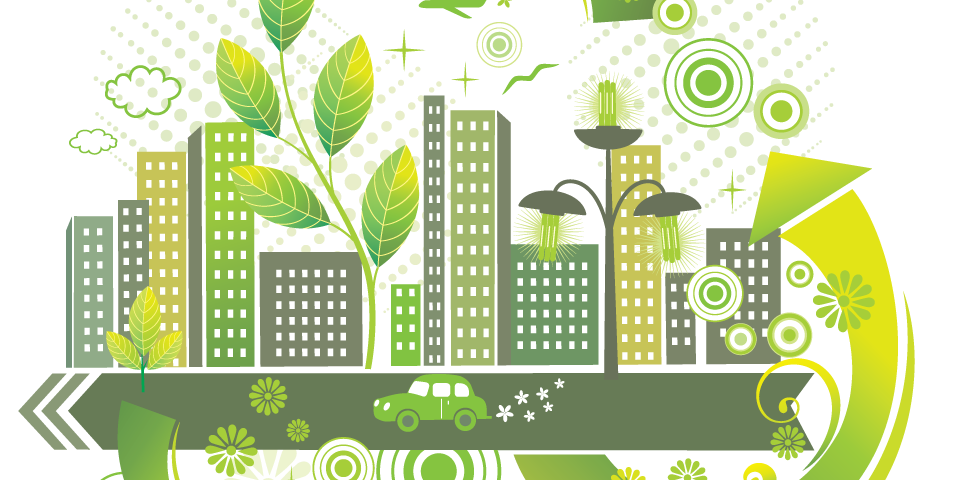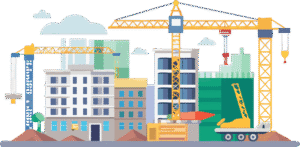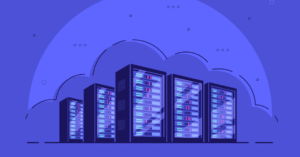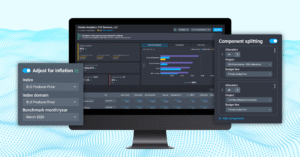Sustainable building practices are becoming a standard in new multifamily developments, both because tenants are mandating green features and because new building codes and regulations require owners to adopt clean energy alternatives. Plus, there is a financial upside: research shows that green features and green certifications result in higher rents and higher property values. However, meeting the demand is a daunting task for multifamily developers, who are already operating on thin margins. Clean energy infrastructure can add millions of dollars onto a project’s budget—and developers are having real challenges absorbing the cost.
One solution is rapidly growing in popularity: green energy leases. Through a green energy lease, multifamily developers can incorporate green infrastructure, comply with regulations, provide essential features to tenants all without investing any capital. In most cases, landlords will generate additional income.
Here is a closer look at green energy leases, what they are and how they work.
What Is a Green Energy Lease?
In a green energy lease, a multifamily owner leases a portion of the property to a green energy provider. The tenant installs and maintains the energy infrastructure on the property and pays rent to the landlord for use of the space. Typically, a green energy lease is a triple-net lease structure, therefore limiting the landlord’s financial obligation for the leased space and equipment. Through this structure, a multifamily owner will gain a sustainable feature on the property for tenants’ use and comply with green energy regulations without investing any capital in the systems or paying to maintain them. Just the opposite, the property owner actually generates revenue from the partnership. Depending on the partnership, the lease can produce hundreds of thousands of dollars annually in additional income. The benefits aren’t only for the property owner, either. The energy tenant gains a devoted customer base in the building’s residents.
Lease terms will vary based on the tenant, partnership and type of infrastructure. Generally, green energy leases have a long lease term, often 20 to 30 years, providing stability to the owner. In addition, with a triple-net lease, the tenant is responsible for all related costs, including the installation and the maintenance of the equipment and the surrounding area. In some cases, the tenant may even build a structure for its equipment. For example, a solar company might build covered car ports on a surface parking lot for the installation of solar panels. However, multifamily owners should note that the tenant typically retains ownership of the equipment. Because the equipment will be considered a permanent fixture on the property, this can sometimes require additional provisions and carve outs to establish ownership and loss positions.
Types of Green Tenants
Buildings are notorious energy consumers. According to research from the World Green Building Council, buildings are responsible for 39% of global energy-related carbon emissions. In response, there are a number of clean energy alternatives that building owners can install to reduce the building’s carbon footprint and inch the property closer to carbon neutrality—a goal for many property owners. The infrastructure for clean energy systems is installed at the property and used by the property and its tenants. Any of these established or emerging green infrastructure systems could be a candidate for a green lease partnership with a multifamily owner. Electric vehicle (EV) charging stations, solar power providers, energy storage systems and wind farms are all examples of clean energy tenants currently utilizing a triple-net energy lease structure. In the current market, EV charging stations and solar systems are by far the most common in multifamily properties, most likely because both are ubiquitous sources of clean energy with established, stable and trusted brands, giving multifamily owners confidence in the long-term partnership.
A Pathway to Regulatory Compliance
Many states are updating building codes and adopting green building regulations. Many insiders are recommending that developers stay nimble to adopt and adapt to new requirements. However, that may be easier said than done with the rising cost of sustainable features adding new challenges to the financial viability of a new construction project. Solar panel infrastructure, for example, costs about $2.5 million to install. It’s no small line item on a development budget. A green energy lease is an opportunity for developers to satisfy new regulations at no cost to the investor or future owner and operator of the property. In some cases, a green energy lease can also provide an amenity to the property’s tenants. EV charging stations provide a convenience to residents with electric cars, and solar panels or wind farms can provide lower cost utilities to residents. Both can help to drive leasing activity and support higher lease rates.
A green energy lease is one element of several tools that developers can use to navigate rising construction costs, like clean energy requirements. Many developers are also adding AI-powered technologies, like Northspyre, to manage budgets, project spending and contracts. With the help of modern real estate development software, developers can better forecast costs, create more efficient budgets, and streamline processes that result in cost savings. Northspyre can provide your team with analytics for costs, budget lines, vendors, schedules, helping you plan for sustainable components of a low-carbon or net-zero property. Combined with a program like a green energy lease—or several on a property (why not?)—developers can minimize project costs and monetize new portions of the property. It’s a win-win partnership in an era of rising construction challenges.
Book a demo and learn more about how Northspyre keeps costs down across your CRE portfolio.



